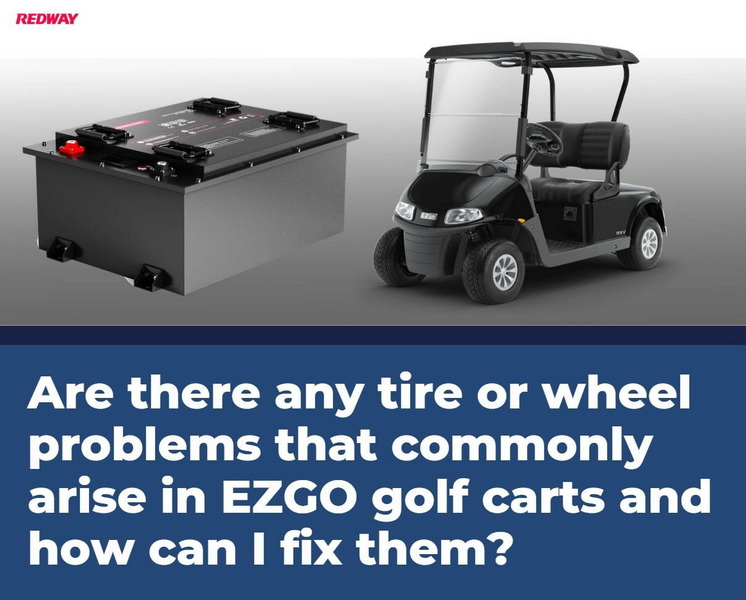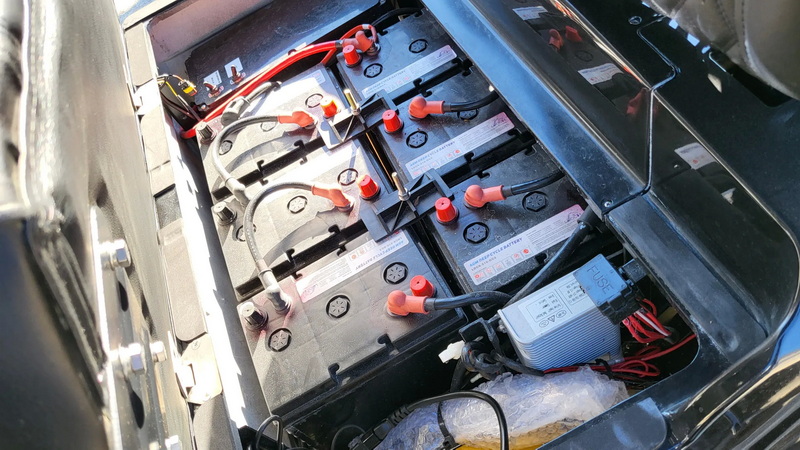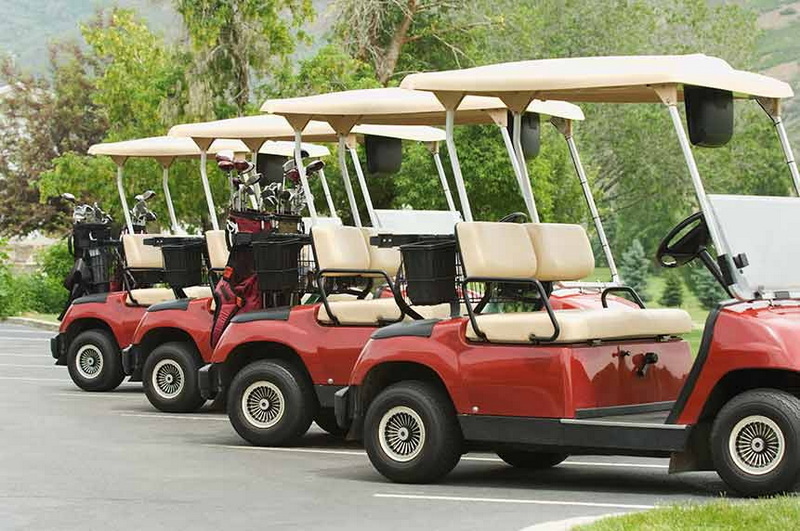Content Menu
● Common Causes of Electric Golf Cart Failure to Move
>> Battery Issues
>> Solenoid Problems
>> Speed Controller Failure
>> Direction Switch Malfunction
>> Motor Issues
● Troubleshooting Steps
● Maintenance Tips
● Conclusion
● Related Questions
>> 1. What should I do if my electric golf cart won't charge?
>> 2. How often should I service my electric golf cart?
>> 3. Can I repair my own golf cart?
>> 4. How do I know if my golf cart batteries need replacing?
>> 5. What tools do I need for basic golf cart maintenance?
Electric golf carts are a popular choice for leisurely rides on the golf course or around neighborhoods. However, like any vehicle, they can encounter issues that prevent them from moving. Understanding the common causes of this problem can help you troubleshoot effectively and ensure your cart is back in action quickly. In this article, we will explore various reasons why an electric golf cart may not move, provide troubleshooting tips, and discuss maintenance practices to keep your cart running smoothly.

Common Causes of Electric Golf Cart Failure to Move
Battery Issues
The most common reason an electric golf cart won't move is related to its battery. Here are some specific battery-related issues to check:
- Loose Connections: Ensure that all battery connections are secure. Loose or corroded terminals can disrupt the flow of electricity.
- Corrosion: Inspect the battery terminals for corrosion, which can impede electrical connections. Clean any corrosion with a wire brush.
- Low Charge: If the battery charge is low, the cart may not have enough power to move. Regularly check the battery's charge level and recharge as needed.
Solenoid Problems
The solenoid acts as the main electrical switch in your golf cart, allowing current from the battery to flow to the motor. If the solenoid is malfunctioning, the cart will not move.
- Wear and Tear: Over time, solenoids can wear out due to repeated use. Listen for a clicking sound when pressing the accelerator; if you hear nothing, it might be time to replace the solenoid.
- Testing: You can test the solenoid with a multimeter to check for continuity. If it fails this test, replacement is necessary.
Speed Controller Failure
The speed controller is crucial for regulating power flow between the batteries and motor.
- Symptoms of Failure: If your golf cart starts but does not accelerate or only moves at a crawl, the speed controller may be failing.
- Replacement: If you suspect a problem with the speed controller, consult your user manual for specific testing procedures or seek professional help.
Direction Switch Malfunction
The direction switch allows you to control whether the cart moves forward or backward.
- Testing Direction Switches: If your cart powers on but only moves in one direction, one of the switches may be faulty. Check both switches for functionality.
- Repair or Replace: Depending on their condition, you may need to repair or replace these switches.
Motor Issues
If all other components check out, there may be an issue with the motor itself.
- Signs of Motor Problems: Unusual noises such as grinding or crunching can indicate motor failure.
- Professional Assessment: Motor replacement can be costly; therefore, it's advisable to have a professional assess its condition before proceeding with repairs.

Troubleshooting Steps
When faced with an electric golf cart that won't move, follow these troubleshooting steps:
1. Check Battery Connections: Ensure all connections are tight and free from corrosion.
2. Inspect for Obstructions: Look for debris around the motor and gears that could impede movement.
3. Verify Power Supply: Ensure that the key switch is on and that there is sufficient charge in the batteries.
4. Test Solenoid and Speed Controller: Use a multimeter to check for continuity in both components.
5. Assess Direction Switches: Test both forward and reverse switches for proper operation.
6. Listen for Motor Sounds: Start the cart and listen for any unusual noises from the motor area.
Maintenance Tips
Regular maintenance can prevent many issues associated with electric golf carts:
- Routine Inspections: Regularly check battery connections, clean terminals, and inspect wiring for wear.
- Battery Care: Maintain proper water levels in batteries (if applicable) and ensure they are charged regularly.
- Keep It Clean: Remove debris from around the motor and gears during routine cleaning sessions.
- Professional Servicing: Schedule periodic professional maintenance checks to catch potential issues early.
Conclusion
Understanding what causes an electric golf cart not to move can save you time and frustration when troubleshooting issues. By regularly maintaining your cart and being aware of common problems such as battery issues, solenoid failures, speed controller malfunctions, direction switch problems, and motor issues, you can keep your golf cart running smoothly. Should you encounter persistent problems after troubleshooting, it's wise to consult a professional technician who specializes in electric golf carts.

Related Questions
1. What should I do if my electric golf cart won't charge?
Check if the charger is plugged in properly and functioning correctly. Inspect battery connections for corrosion or looseness as well.
2. How often should I service my electric golf cart?
It's recommended to service your electric golf cart at least once a year or every 100 hours of use to ensure optimal performance.
3. Can I repair my own golf cart?
Many minor repairs can be done by yourself if you have basic mechanical skills; however, complex issues are best handled by professionals.
4. How do I know if my golf cart batteries need replacing?
If your batteries are not holding a charge or show signs of swelling or leakage, they likely need replacement.
5. What tools do I need for basic golf cart maintenance?
Basic tools include a multimeter for electrical testing, wrenches for tightening connections, and cleaning supplies like wire brushes for terminal maintenance.










































